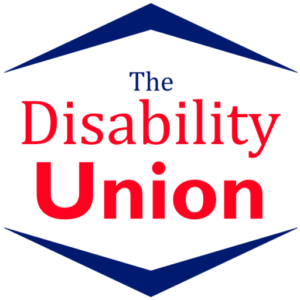Positive Handling in Schools Certification
Course Code:
Duration:
3 hours
Qualification:
Positive Handling in Schools Certification
Exams Included:
Yes
Compatibility:
All major browsers and devices
Delivery method:
Online (In-house also available )
ENQUIRE
NOW
Positive Handling in Schools Certification
Teachers and support staff in today’s schools face a lot of aggression from their students.
These situations can be very difficult to deal with, especially if the student is particularly aggressive or threatens to cause serious harm to the school, themselves, or others. To mitigate these risks, all schools are required to give teachers and support staff training in positive handling to better help them understand the use of force in schools.
This course provides a comprehensive overview of how to engage in positive handling when the situation requires. It begins by talking about positive handling in general and going over the relevant legislation. It then goes into detail about the government guidelines and advice on this matter. The modules also discuss the aggression curve, giving teachers and support staff valuable information about the best time for intervention. Finally, it gives you the tools you need to make decisions about when you should physically intervene.
You Will Learn:-
Information about positive handling, including a definition and brief history of it in UK schools.
The relevant legislation regulating the use of positive handling and physical intervention in schools.
Guidelines issued by the government, offering more comfort to teachers and staff about positive handling and intervening physically.
The aggression curve, using the Kaplan-Wheeler diagram to illustrate each phase.
What the SCARF model is and how you can use it to de-escalate tense or aggressive situations.
How to make decisions about when to intervene.
Benefits of Taking This Course
Learning more about positive handling, including when it is appropriate.
Gaining insight into the relevant legislation and government-issued guidelines and advice.
Learning about the aggression curve, including the best phases for intervention and the riskiest ones.
Understanding what the SCARF model is and how it can be used to deescalate a potentially aggressive situation.
Learning when to use positive handling, physical intervention and physical restraint.
Course Modules/Lessons
Module 1: Introduction to Positive Handling and Relevant Legislation
Module 2: Government Guidance and Advice
Module 3: The Kaplan-Wheeler Diagram and the Aggression Curve
Module 4: What is the SCARF Model?
Module 5: How to Make Decisions and Appropriate Physical Intervention


